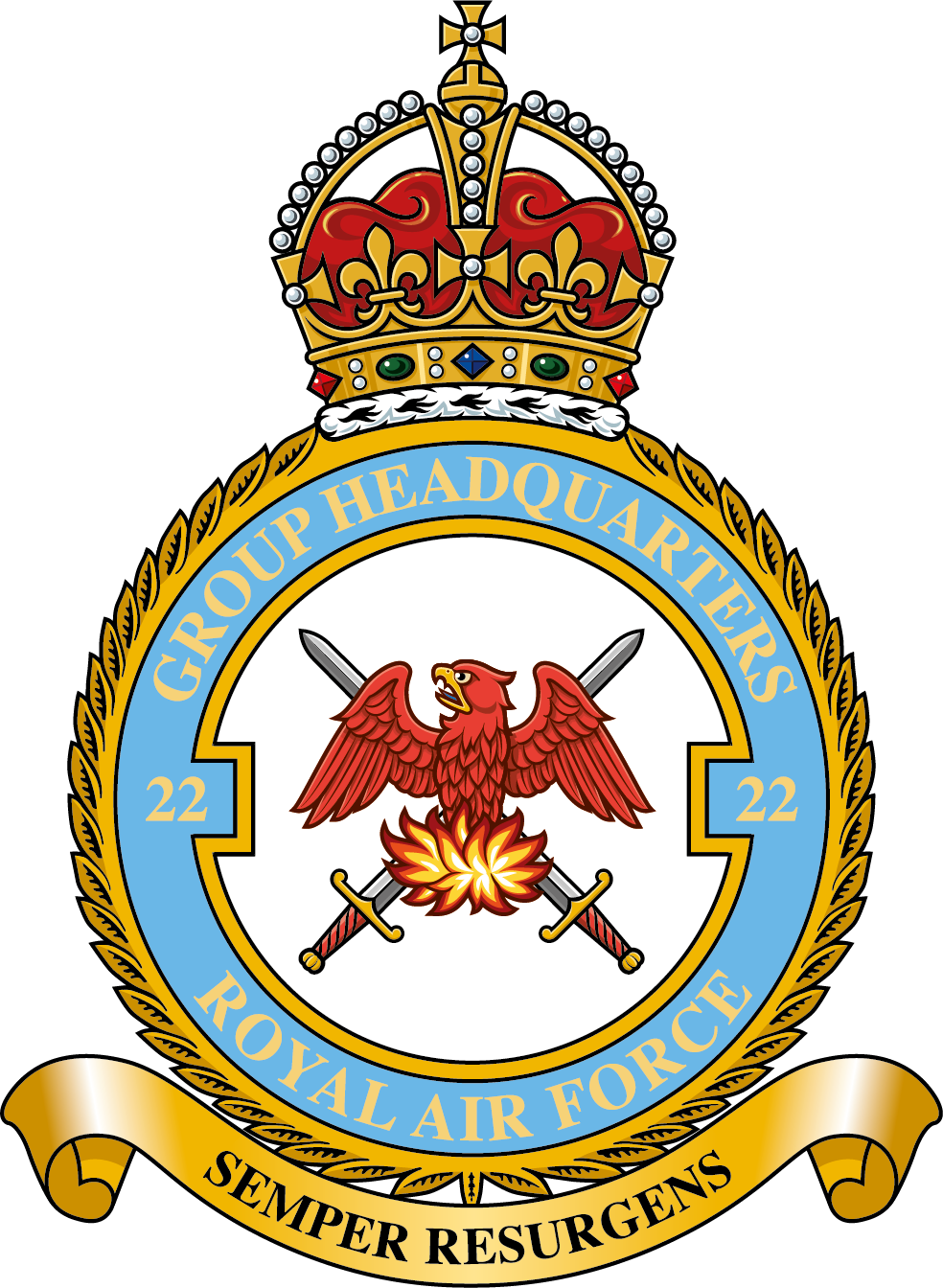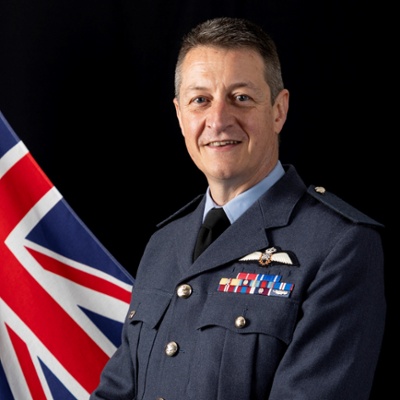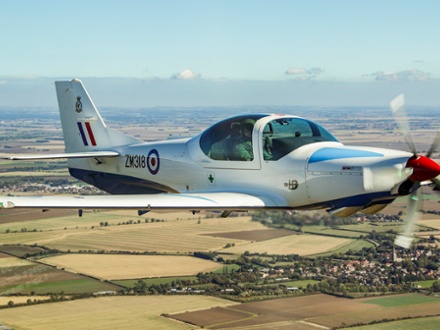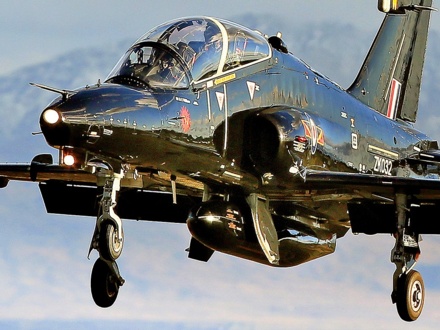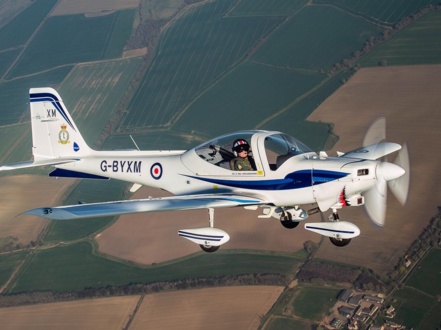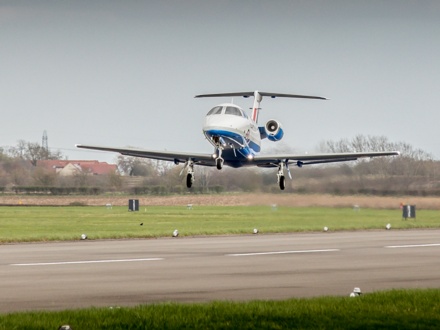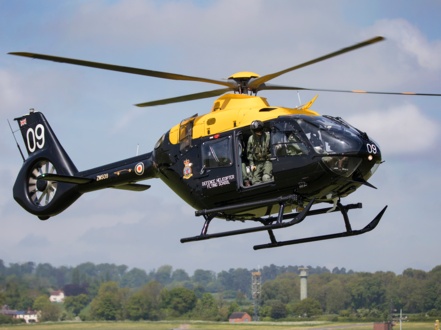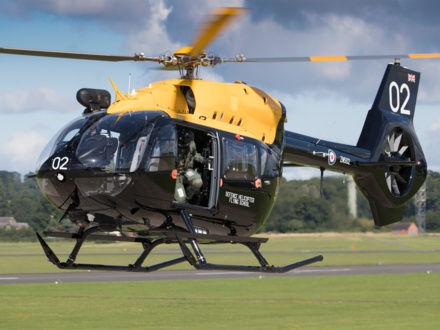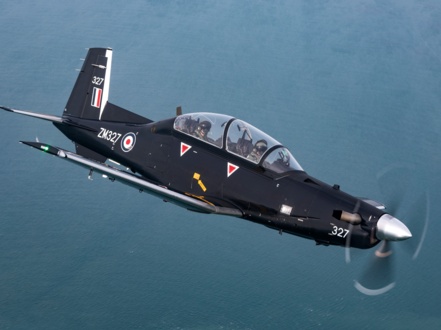ABOUT THIS GROUP
Royal Air Force Number 22 Group provides the qualified and skilled personnel that the RAF and the other two Services need to carry out operations world-wide. 22 Group has a wide area of interest with responsibilities for many aspects of training.
It's primary functions are to provide the Initial Training to RAF Officers at RAF Cranwell and Basic Training for aviators at RAF Halton, to run the Royal Air Force Air Cadets (RAFAC) and to provide specialist joint training to personnel from all three services. This specialist training covers areas such as Aeronautical Engineering, Communications and Information Systems, Electro & Mechanical Engineering, and flying training for all types of aircraft.
Mission statement
"Efficiently deliver world-class trained and educated personnel, RAF sport and the premier cadet force experience in order to support RAF strategy to meet Defence commitments."
Personnel
22 Group directly employs 3,800 military and 1,900 civilian personnel. The Air Cadet Organisation has approximately 41,000 cadets and 12,000 adult volunteers. Each year, the Group trains around 61,000 individuals at varying levels of training across its 53 sites. A selection of these sites house some of the 420 or so training aircraft owned by the Group.



